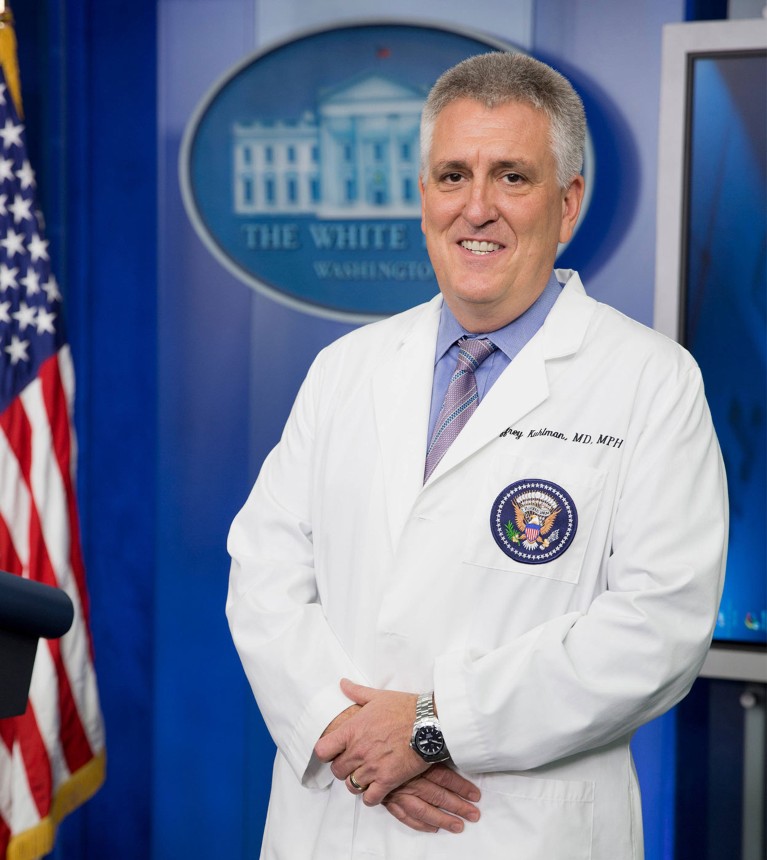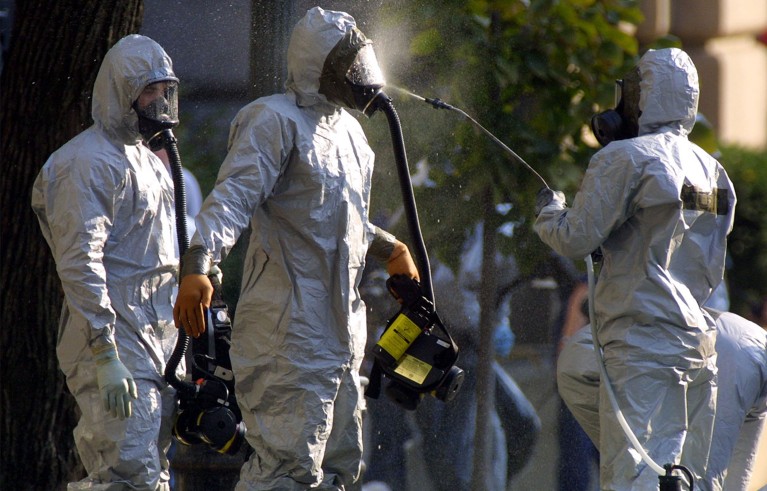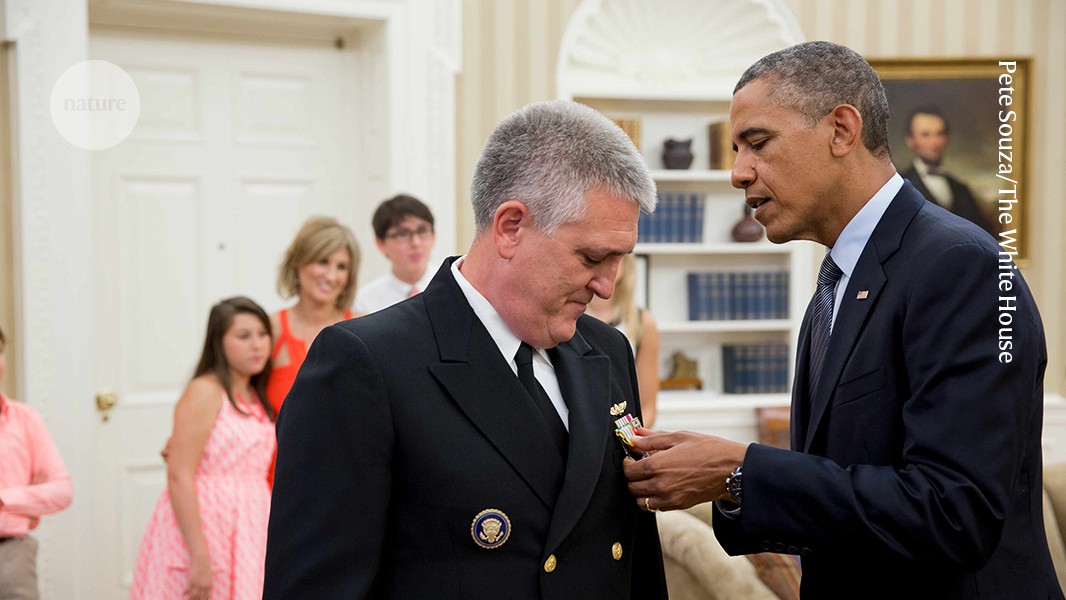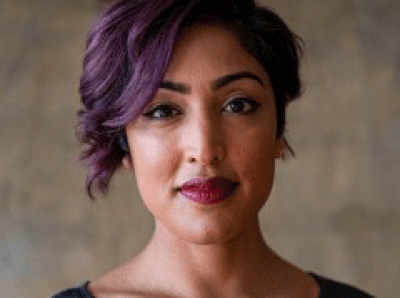Transforming Presidential Healthcare: Ensuring Comprehensive Care for the Commander in Chief Amid 21st Century Threats Jeffrey Kuhlman Ballast (2024)
Physician to the president of the United States is usually a background role. But there are times — and this election year is one — when the White House doctor is pushed into the media spotlight. The current presidential election cycle has been steeped in questions about the candidates’ health and fitness, in part because President Joe Biden’s now-withdrawn re-election bid would have made him the oldest contender in history, at age 81. Now that title falls to former president Donald Trump, aged 78. If his opponent, current vice-president Kamala Harris, were to win, she would take office at a mere 60 years old.
Few individuals are better suited to weigh in on the thorny issue of ageing and its relevance to the presidency than Jeffrey Kuhlman, author of Transforming Presidential Healthcare, who has worked for three presidents. Kuhlman served Bill Clinton as Marine One flight surgeon — in charge of the president’s health on board his official helicopter — as well as George W. Bush as director of the White House Medical Unit, and Barack Obama as the president’s personal physician. Now, he is pulling back the curtain on it all.
Well, sort of. The book is not a sensational exposé or a spill-the-beans memoir, Kuhlman warns. After all, presidential patients are — first and foremost — patients, and Kuhlman emphasizes that they deserve the same level of private, dignified care as any individual under his purview.
US election debate: what Harris and Trump said about science
But Kuhlman’s narrative is riveting for what it does reveal: the ethical and practical considerations at play for a physician who finds himself serving the ‘leader of the free world’. Blending historical context, personal reflection and high-level analysis, the book manages to be both gripping and measured.
As a medical student, I was keen to pick up Kuhlman’s book. As well as teaching future doctors about diagnostic skills, drugs and disease management, medical education is tasked with preparing us to navigate challenging, real-world clinical scenarios. Providing the best possible service entails more than aggregating facts and figures.
Kuhlman brings that challenge into sharp relief with his poignant recounting of the devastating events of September 2001, when the United States experienced the 9/11 terror attacks on the World Trade Center in New York City and the Pentagon near Washington DC.

Kuhlman specialized in family medicine.Credit: Pete Souza/The White House
Shortly after the attacks, Kuhlman recalls visiting individuals sheltering in one of the White House’s secure bunkers. Much to their bewilderment, he gave them an antibiotic that could counter anthrax and other dangerous infections. “My Department of Defense training had taught me that when terrorists attack, they often also launch a more insidious assault,” Kulman writes, referencing the possibility of biological warfare. His instincts proved to be, painfully, correct: a series of bioterrorism cases followed, involving domestic mail laced with anthrax spores.
Truth to power
Kuhlman’s own life is a masterclass in expecting the unexpected. Raised in Tennessee as the second of eight children, he received a military scholarship to attend medical school and then completed a residency in family medicine. Then came assignments from the US Navy, which took him everywhere from California’s Mojave Desert to Hawaii’s beautiful beaches and to London, where he revelled in sightings of the British royal family. An assignment in Quantico, Virginia, led him to work on the presidential helicopter. His service — and, I’m sure, his easy, unruffled attitude — put him on the radar of the then-director of the White House Medical Unit, and the rest is history.
Writing fondly of his time with Obama, who appointed Kuhlman as his personal physician in 2009, Kuhlman says each day he held the role was “historic” but also describes an occasional exercise in “tough love”. He relates how Obama struggled with a long-standing cigarette habit, and Kuhlman — by issuing the warnings that any physician would give to any patient — sought to help him quit. Other White House doctors might be willing to flatter their bosses, he writes, and “say that someone was seven feet tall and weighed a hundred pounds”. But his frank approach ultimately enabled the president to ditch smoking — which he did in 2010, after he passed the Affordable Care Act to expand provision of health insurance.
AI-fuelled election campaigns are here — where are the rules?
The merits of such unvarnished candour are evident throughout the book. When I started reading it, I was expecting an intimate view into very important person (VIP) health care, which is the practice of providing medical services to wealthy or influential people. Theoretically, these people should receive the same suite of diagnostics and treatments as any patient to whom the medical guidelines apply. However, VIP care evokes a troubling underbelly of modern medicine, in which famous or rich patients either receive priority access to state-of-the-art therapies or customize their own care plans, for example to include alternative therapies or other practices beyond evidence-based medicine. The paradox of VIP health care, Kuhlman reflects, “is that those assumed to have the best access to healthcare often receive the worst”.
If anyone were to receive VIP care, surely it would be the US president? Not so, Kuhlman says. Although the care he provided had to accommodate the busy presidential schedule, Kuhlman underscores that becoming starstruck by famous patients and treating them as “big shots” is a recipe for disaster. “The practice of medicine is built on good information and a solid working relationship based in mutual trust,” he writes, “not friendship.”
This sentiment extends to the dilemma of evaluating a president’s physical and mental fitness for office, which has drawn attention in the 2024 presidential race. Kuhlman devotes an entire chapter to the topic. First, he examines what the US Constitution stipulates, which is surprisingly succinct. Fundamentally, to be eligible to be president, a person must be a citizen by birth, must be no less than 35 years old and must have resided in the country for a minimum of 14 years.

Hazardous-materials workers decontaminate after searching for anthrax in Washington DC in the wake of bioterrorism attacks in 2001.Credit: Alex Wong/Getty
The 25th amendment to the constitution adds another layer, addressing the transfer of power if the sitting president experiences death or disability. If a president dies, the vice-president assumes the role. If a president is temporarily impaired, as happened when Bush was anaesthetized for a colonoscopy in 2002 — an incident that Kuhlman recounts at first hand — they briefly delegate their powers to the vice-president.
The final section of the 25th amendment describes how the vice-president and other key personnel can formally declare the president unfit to serve, and has never been activated. Instead, Kuhlman says, it has often been used as “fodder for politicians or pundits to make sound bites against current or future leaders”.
Age concern
Kuhlman also dissects research findings on ageing and neurocognition, querying how they could fit into the overarching framework of the 25th amendment. For example, he details how the most important risk factor for cognitive decline is advanced age, and how the rate of this decline increases after the age of 60. Aged 69 on inauguration day in 1981, Ronald Reagan was at the time the oldest individual to assume the office of US president. Trump surpassed this record in 2017, as did Biden in 2021.
As the ages of US presidents edge upwards, how should the built-in potential for cognitive decline be accounted for? Kuhlman posits that a president’s physician has a “medical responsibility” to assess potential impairments when appropriate and to communicate about them candidly. Currently, presidential physical examinations do not include cognitive screenings as a matter of course. As the system stands, Kuhlman reminds us, the voters are the real arbiters of who’s “too old to rule”.
Transforming Presidential Healthcare is bound to inform and inspire, and there’s no better time to read this story. Each page is brimming with lessons from history, glimmers of adventures and insights into a pivotal role behind the scenes of global politics.




